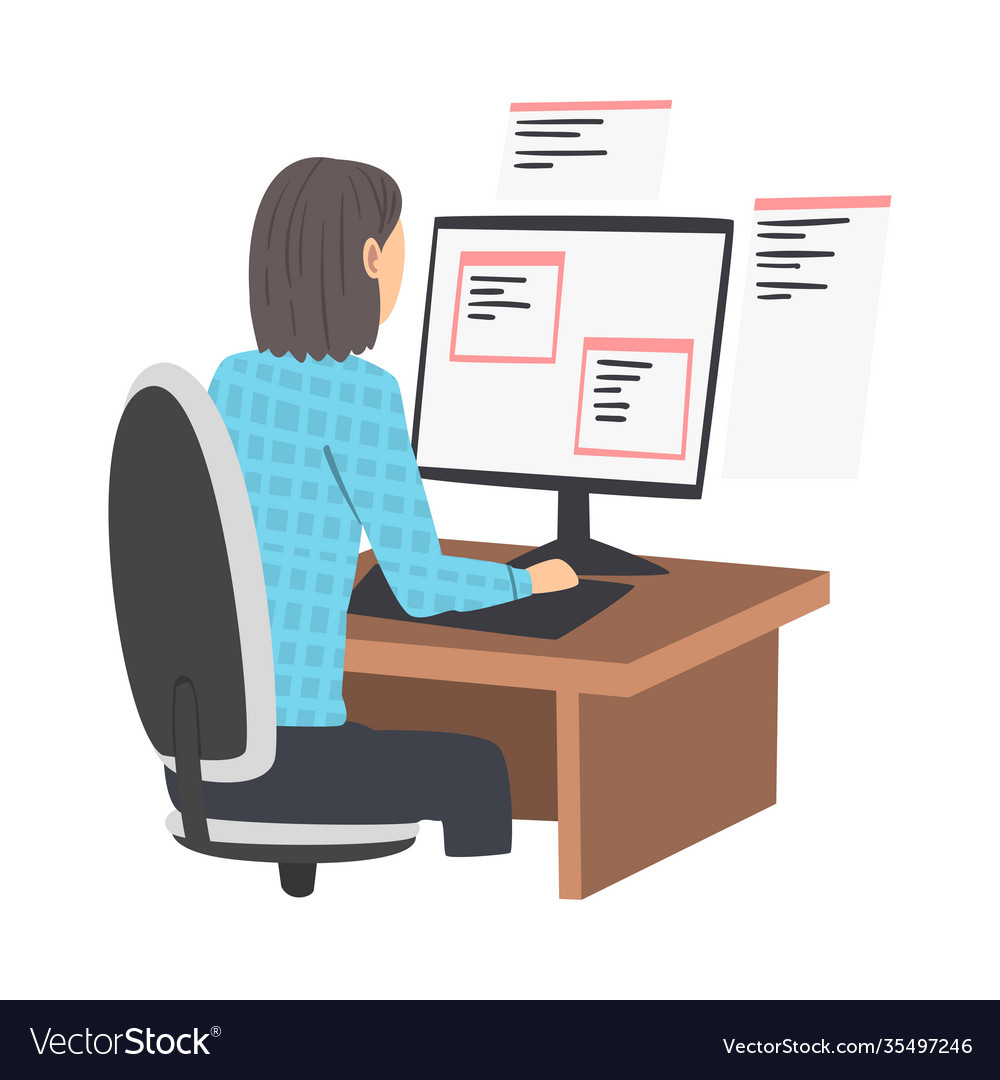Optimize Your Resources with Specialist Software Engineering Staffing Solutions
Dedicated Developers vs. In-House Teams: Which Is Right for You?
The decision between making use of committed developers and keeping an in-house team is a significant one that can influence the trajectory of your projects and overall company strategy. Conversely, in-house teams add to a cohesive company society and a nuanced understanding of long-term goals.
Recognizing Devoted Developers
The growing demand for specialized abilities in the tech market has brought about the appearance of devoted developers as a viable option for many organizations. These experts are normally contracted on a project basis, permitting firms to utilize certain knowledge without the lasting commitment connected with permanent hires. Devoted developers are frequently ingrained within a customer's team, giving adaptability and scalability to fulfill job requirements.
This model permits companies to access an international ability swimming pool, which is specifically useful in a quickly developing technical landscape. Committed designers can be sourced from various geographical places, making sure that business can locate the ideal capability at competitive prices. They usually bring a wealth of experience and expertise, having serviced varied jobs throughout different sectors.
In addition, specialized developers can focus solely on the tasks handy, improving productivity and performance. They are equipped to incorporate flawlessly into existing process, collaborating very closely with in-house groups to accomplish task objectives. This approach not just minimizes the worry of recruitment and training but likewise allows companies to continue to be agile, adjusting promptly to altering market needs and technological advancements.
Benefits of In-House Teams

Additionally, internal groups often tend to have a much deeper understanding of the company's objective, worths, and goals. This alignment can boost staff member involvement and inspiration, as staff member really feel more linked to their job and the company's success. Furthermore, having a dedicated in-house team permits for much better alignment of purposes and techniques, as these members are consistently focused on the business's top priorities.
Internal groups additionally facilitate quicker decision-making processes, as they can react more swiftly to modifications and difficulties. The well established relationships and familiarity with business protocols enable structured process and reduced miscommunication. Ultimately, the mix of a natural culture, alignment with business goals, and effective communication makes internal groups a useful possession for numerous companies, particularly those looking to grow lasting development and technology.
Expense Factors To Consider
When examining price considerations, both devoted designers and in-house groups present unique monetary ramifications for organizations. Engaging dedicated designers usually entails a pay-per-project or per hour price design, which can more info here be affordable for businesses with rising and fall project needs. This method allows for versatility in scaling sources up or down, guaranteeing that business only spend for the solutions they require.
In contrast, in-house groups involve repaired expenses, including salaries, advantages, and overhead expenses such as workplace and devices. While this version offers greater control and instant availability of resources, it may bring about higher long-term expenditures, particularly if the work does not justify a permanent personnel.
Furthermore, firms need to take into consideration the concealed costs connected with employment and training of in-house workers, which can further strain budget plans. Sometimes, the moment and resources invested in managing an in-house team can take away from the organization's core service purposes.

Project Monitoring and Flexibility
Task administration and adaptability are vital app development for dummies variables that influence the selection in between dedicated developers and internal teams. Dedicated programmers typically supply a high degree of versatility, enabling companies to scale resources up or down based on task demands. This dexterity can be particularly helpful for businesses experiencing rising and fall workloads or those looking for to innovate swiftly. Dedicated groups frequently have established procedures for managing tasks effectively, leveraging certain methodologies like Agile or Scrum, which promote iterative development and versatility.

Inevitably, the option between committed programmers and in-house groups depends upon the desired degree of flexibility and the details project administration needs. Firms have to assess their operational dynamics, project intricacy, and source schedule to determine which alternative aligns ideal with their strategic objectives.
Making the Right Choice
Picking the appropriate development strategy-- dedicated developers or internal groups-- needs a cautious analysis of different variables that straighten with a business's tactical goals. Conversely, in-house groups can offer better continuity and integration with existing personnel.
Following, assess your budget. Dedicated designers commonly present an economical solution for temporary projects, while in-house teams might sustain greater long-term expenditures as a result of incomes, benefits, and expenses costs. Evaluate the degree of control and cooperation desired; in-house groups normally cultivate stronger communication and placement with company culture.
Additionally, consider the time frame. If prompt outcomes are necessary, committed developers can be onboarded rapidly, whereas developing an in-house group requires time for custom web design company recruitment and training. Finally, consider the long-lasting vision of your organization. Investing in an in-house group might yield much better returns over time if continual advancement is essential. Ultimately, the choice hinges on a comprehensive analysis of these variables, making certain placement with your business's total objectives and operational demands.
Final Thought
In verdict, the decision between specialized designers and internal groups hinges on task requirements and organizational purposes. Alternatively, in-house groups grow a cohesive culture and deeper placement with long-lasting objectives.
The decision between using specialized designers and maintaining an in-house team is a significant one that can impact the trajectory of your tasks and general company strategy.Project administration and versatility are important factors that influence the option between in-house teams and devoted programmers. hire dedicated developers.In comparison, in-house groups might succeed in keeping a consistent task management framework due to their experience with the company's culture and long-lasting goals. Committed developers usually provide an economical service for temporary jobs, while internal teams might incur greater long-term expenses due to salaries, benefits, and expenses costs.In final thought, the decision between internal teams and committed developers hinges on job needs and business purposes